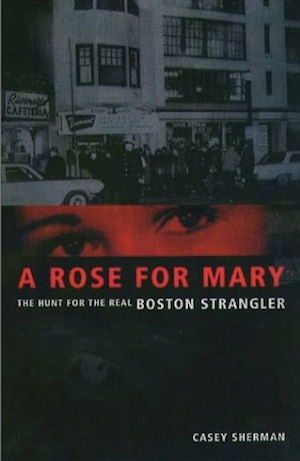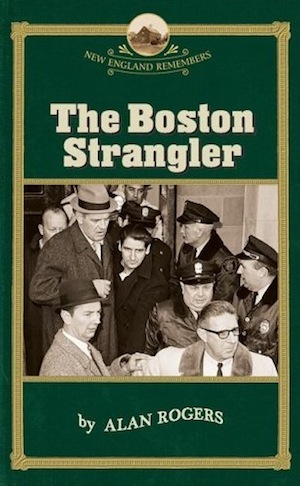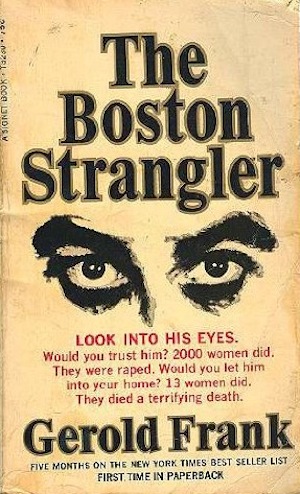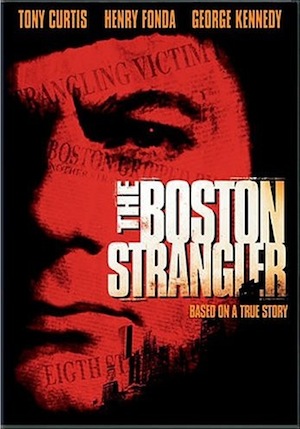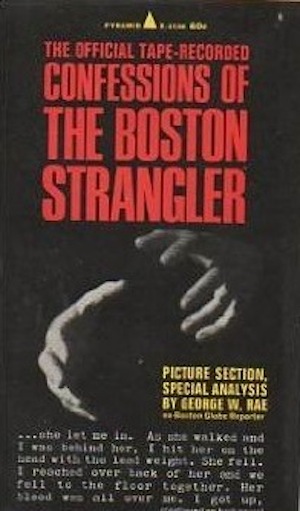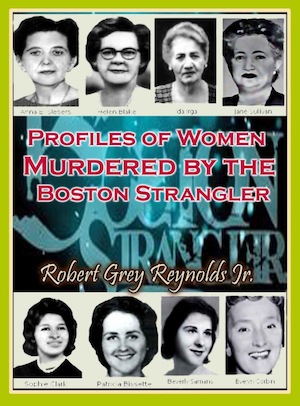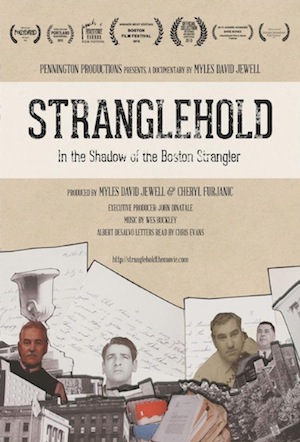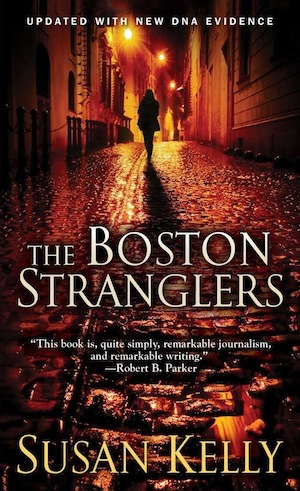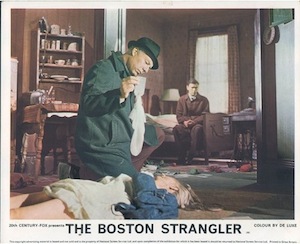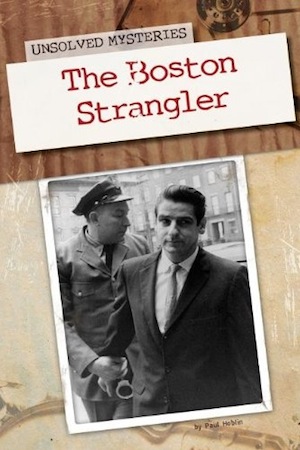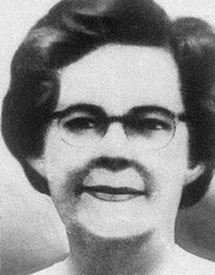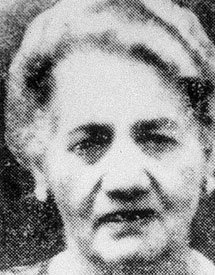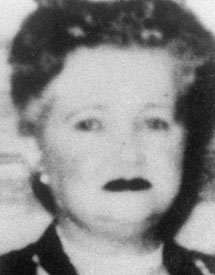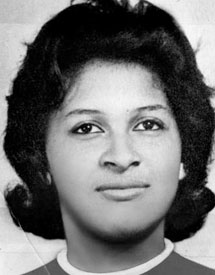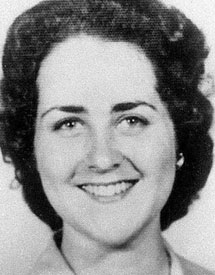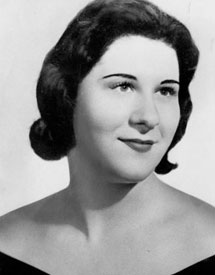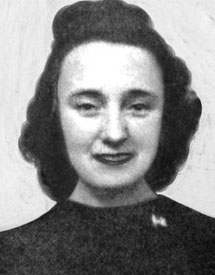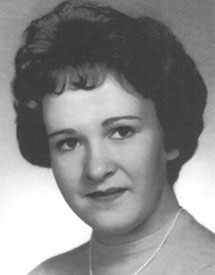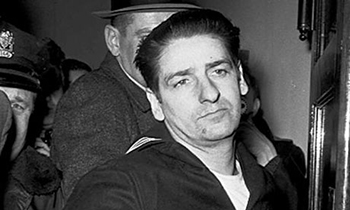
In and around the Boston area, from June 1962 to January 1964, an unknown intruder strangled 13 women to death in their apartments. They ranged in age from 19 to 85 years; all were sexually assaulted. Most often police found them with their own nylons wrapped tightly around their neck. The oldest victim died from a heart attack. Two others were stabbed to death. Police were unconvinced that the murders were the work of one man, but the public entertained no such doubts.
Fear and hysteria over "The Mad Strangler of Boston" gripped the city. Women armed themselves with tear gas and had new locks and deadbolts installed on their doors. Despite this, and despite the enormous publicity attending the crimes, the suspect continued to gain entry to victims' apartments. The murders took place on average twice a month, except for one notable period of dormancy from the end of August to the first week of December 1962.
Jun 14, 1962 |
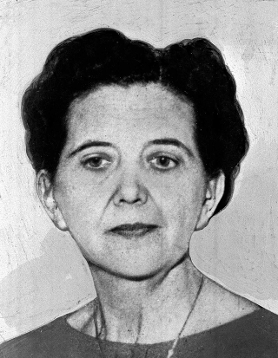
Anna E. Slesers, 55, was sexually molested with an unknown object and strangled with the belt on her bathrobe in her third-floor apartment. |
Jun 28, 1962 |
Mary Mullen, 85, died from a heart attack while being attacked. |
Jun 30, 1962 |
Nina Nichols, 68, was sexually molested and strangled with her nylon stockings. |
Jun 30, 1962 |
|
Aug 21, 1962 |
|
Aug 30, 1962 |
|
Dec 5, 1962 |
|
Dec 31, 1962 |
|
Mar 9, 1963 |
Mary Brown, 69, was stabbed, strangled and beaten. |
May 8, 1963 |
|
Sep 6, 1963 |
|
Nov 23, 1963 |
Joann Graff, 23, was sexually assaulted and strangled. |
Jan 4, 1964 |
|
Because the murders were committed in several cities in greater Boston, law enforcement jurisdiction was often an issue, and investigative efforts were hampered. Massachusetts Attorney General Edward W. Brooke headed up coordination efforts among the various police forces. His most controversial move was hiring a psychic, Peter Hurkos, who claimed he could use ESP to catch the killer. Hurkos eventually gave investigators what the press called "a minutely detailed description of the wrong person." Brooke was ridiculed. The investigation floundered.
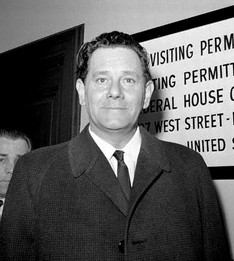
Psychic Peter Hurkos.
A break in the case came in October of 1964 when a stranger entered a young woman's home, pretending to be a detective, tied her to her bed, sexually assaulted her, but then abruptly left, apologizing on his way out.
The woman's description of the stranger led police to a career criminal named Albert DeSalvo. When newspapers published his photo, other women victimized in unsolved crimes stepped forward and identified him as their assailant.
Initially, police did not suspect DeSalvo of involvement in the stranglings. Only after he was charged with rape did he connect himself by confession to the Boston Strangler crimes.
That confession was not to police, but to a fellow jail inmate named George Nassar, who passed it along to his lawyer, F. Lee Bailey, who then took on DeSalvo's case.
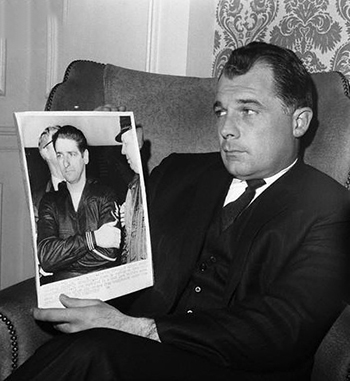
F. Lee Bailey with a photograph of DeSalvo.
Investigators were generally impressed by the accuracy of DeSalvo's crime scene descriptions. Although there were minor inconsistencies in DeSalvo's accounts, he also accurately referenced details that had not been publicized. But one major problem remained: there was no physical evidence to back up his confessions. Consequently he was prosecuted for earlier, unrelated crimes – robberies and sexual offenses in which he'd come to be known as The Green Man and The Measuring Man.
DeSalvo was sentenced to life in prison in 1967 – he would never serve any prison time for the crimes the public is so widely and firmly convinced he committed. Soon afterwards he and two fellow inmates escaped from Bridgewater State Hospital. DeSalvo claimed in a note he left behind that his purpose in escaping had been to draw attention to conditions in the hospital, and to his own case. The following day he turned himself in.
A Brief History
Albert DeSalvo was born in Chelsea, Massachusetts, to Frank and Charlotte DeSalvo. Frank was a violent alcoholic, who in one episode knocked out all of his wife's teeth and bent her fingers back until they broke. As a child, DeSalvo tortured animals. In early adolescence his shoplifting and stealing soon brought him to the attention of law enforcement.
Nov 1943 |
12-year-old DeSalvo is first arrested for battery and robbery. |
Dec 1943 |
DeSalvo is sent to the Lyman School for Boys. |
Oct 1944 |
DeSalvo is paroled from Lyman School and starts working as a delivery boy. |
Aug 1946 |
DeSalvo is returned to Lyman School for stealing a car. |
After completing his second sentence at Lyman, DeSalvo joined the Army. He was honorably discharged after his first tour of duty in Germany for refusing to obey an order. He reenlisted and was accused of molesting a nine-year-old girl while stationed at Fort Dix. The girl's parents declined to press charges and again he was honorably discharged.
In the late 50s and early 60s, DeSalvo committed a series of odd sexual offenses in and around Cambridge. He would knock on apartment doors, and if a young woman answered, he introduced himself: "My name is Johnson and I work for a modeling agency. Your name was given to us by someone who thought you would make a good model." He always assured her that the modeling would not be in the nude, just swimsuits and evening gowns. The pay was excellent – $40 an hour. He said he'd been sent to obtain her measurements and other information if she was interested. A sizeable number of women were indeed interested; they allowed him to take out his tape measure and measure them.
His persona was pleasant and convincing, his smile charming and boyish. When he was finished measuring, he told the women that a Mrs. Lewis from the agency would call them back if their measurements were suitable. Naturally no call from Mrs. Lewis ever came; neither she nor the modeling agency existed.
The gravity of DeSalvo's crimes increased greatly after that when he began his "Green Man" sex crime spree – so named because of the green pants he wore during his sexual assaults. He claimed to have raped over 300 women (up to as many as six a day) in four states in a two year period.
Following his escape, DeSalvo was transferred to Walpole (now Massachusetts Correctional Institution – Cedar Junction) maximum security prison. There he recanted his Strangler confessions. In 1973, he was stabbed to death in the prison infirmary. No one was ever convicted for his murder.
Uncertainty
Lingering doubts swirled around DeSalvo and the Strangler murders. When he confessed, people who knew him personally found it hard to believe he was capable of them. Skeptical observers noted that the group of women all supposedly killed by "The Strangler" varied widely in age, social strata, ethnicity, and manner of death.
Author Susan Kelly, who had access to the files of Massachusetts' so-called "Strangler Bureau", contended in her book "The Boston Stranglers" that the murders were actually the work of several killers. FBI profiler Robert Ressler said that, "You're putting together so many different patterns [regarding the Boston Strangler murders] that it's inconceivable behaviorally that all these could fit one individual."
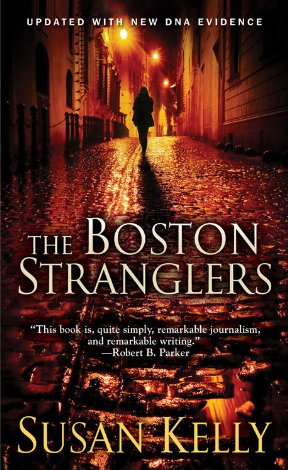
In "The Boston Stranglers", author
Susan Kelly puts forward the theory
that the Boston strangler murders were
actually the work of several different people.
In 2000, attorney Elaine Whitfield Sharp began representing the families of DeSalvo and of Mary A. Sullivan – who was among the Strangler's final victims in 1964 – both to clear DeSalvo's name and to renew the effort to identify Sullivan's real killer. Sharp obtained court approval to exhume Sullivan and DeSalvo for DNA testing. Her work ended up highlighting several inconsistencies between the crime scene evidence and DeSalvo's confessions.
Contrary to DeSalvo's statement that he first raped Sullivan, for instance, the forensic probe uncovered no supporting evidence of the claim. Nor did DeSalvo strangle Sullivan with his bare hands; she was actually strangled by ligature. Forensic pathologist Michael Baden observed that DeSalvo incorrectly stated the time of the victim's death – a detail he got wrong in several of his confessions, according to Susan Kelly. Moreover, James Starrs, professor of forensic science at George Washington University, found in his investigation that a semen-like substance on Sullivan's body did not match DeSalvo's DNA.
But on July 11, 2013, Suffolk County District Attorney Daniel F. Conley announced that DNA testing did indeed uncover a "familial match" between DeSalvo and forensic evidence in the Sullivan killing. State authorities requested the exhumation of DeSalvo's body in order to obtain an unassailable forensic link of DeSalvo to the death of Mary Sullivan.
The Nassar Matter
George Nassar, the inmate DeSalvo confessed to, is a prime suspect in the Sullivan case. He is currently serving a life sentence for the 1967 shooting death of a gas station attendant. Twice in the last five years the Massachusetts Supreme Court has denied his appeals to overturn his conviction.
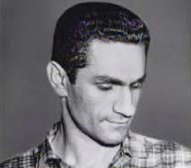
George Nassar, murderer
and cellmate of Albert DeSalvo.
Prison psychologist Ames Robey has called Nassar a misogynistic, psychopathic killer – and a far likelier suspect than DeSalvo. Several other followers of the case believe Nassar is the real Strangler, and that he gave details of the murders to DeSalvo. DeSalvo, they believe, knew he would spend the rest of his life behind bars for the "Green Man" attacks, and "confessed" so that Nassar could collect reward money that they would split – thus providing lifelong financial security to DeSalvo's family. Another motive was his overwhelming craving for notoriety – DeSalvo hoped the case would make him world famous. Indeed it has.

